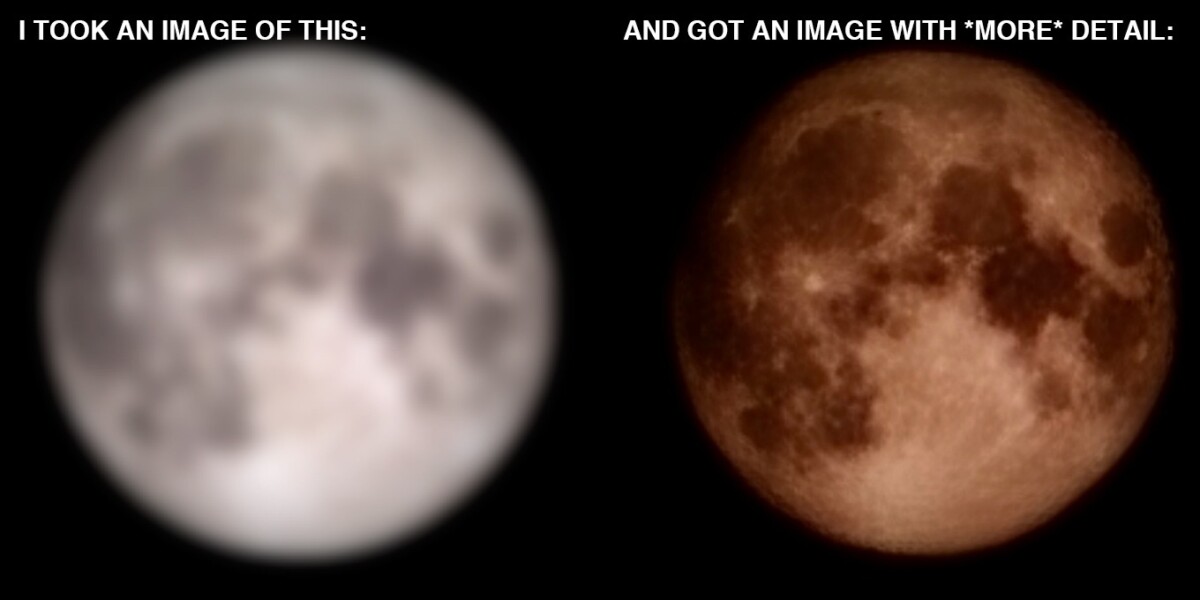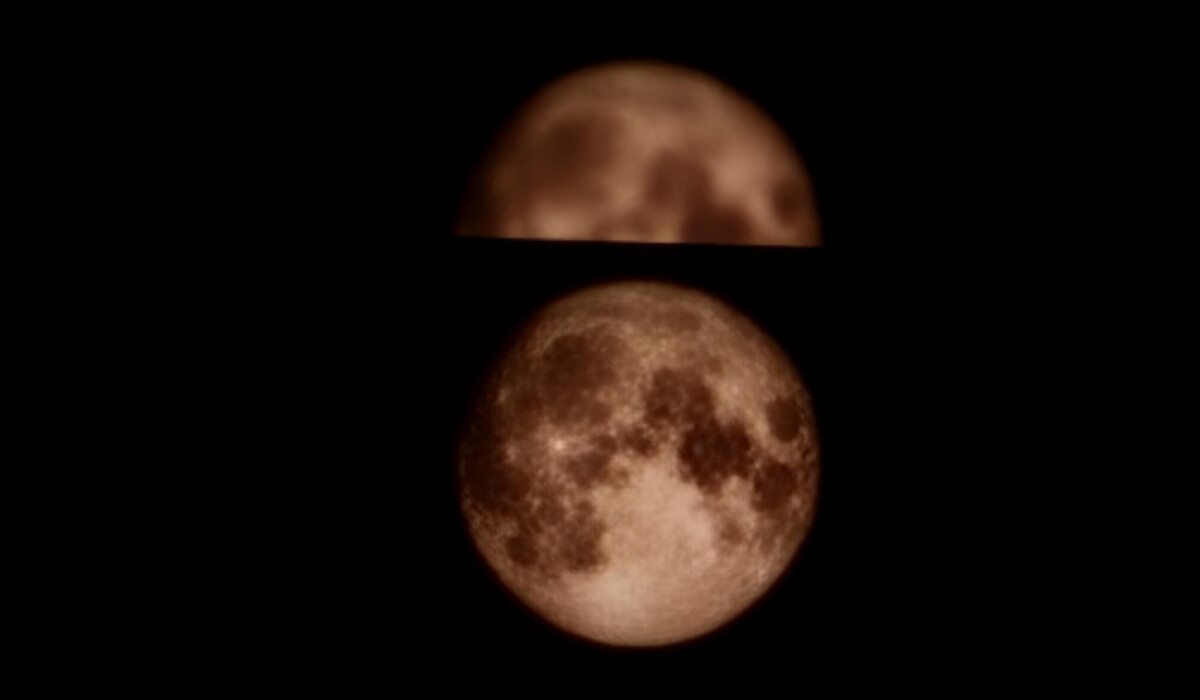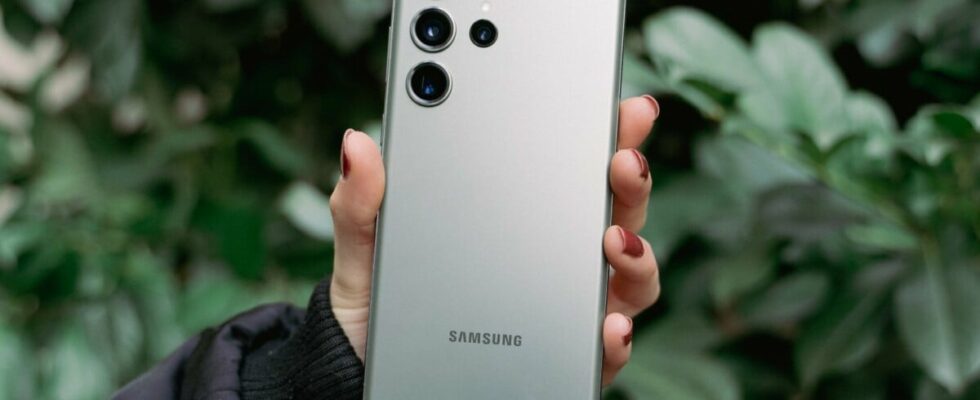The Galaxy S23 Ultra algorithm would offer too artificial a treatment of the Moon in its photos, to the point of seeming to replace it with images already ready and much more detailed. A new photo processing technique that goes too far?
The Samsung Galaxy S23 Ultra looked nearly unassailable and almost perfect. If we put aside some screen inaccuracies and a slightly slower than expected recharging, the smartphone combines high-end performance, an excellent screen, excellent battery life and beautiful photos.
Unfortunately, it seems that some of these photos are the work of a real show. This is what a user on Reddit was able to show.
When Samsung would replace the Moon
The accusation is simple, when the Samsung Galaxy S23 Ultra takes a photo of the Moon, the algorithm detects the celestial body and rather than a simple enhancement process, goes so far as to replace the image with another to create the illusion of a photo.

To prove this cheat, the internet user ibreakphotos created an artificial moon in his room like Vegeta in Dragon Ball Z. He took a photograph of the moon from the internet, and destroyed the details using a Gaussian blur and a reduction in the definition at 170 x 170 pixels. The image on the left is completely blurred and not very detailed.
He then turned off the lights and… took a picture of his monitor with the Galaxy S23 Ultra to simulate the Moon shot. It was obviously enough to fool Samsung’s algorithm which offers the photo on the right, much more precise than the real one.
What can we blame Samsung for?
The photo on the right is actually very pleasant to look at, but it does not reflect reality. The algorithm artificially added details that did not exist on the image that we wanted to reproduce. The craters in particular are barely visible on the deteriorated image that one wishes to photograph in this example.

To continue his demonstration, the Internet user has created a new image where the star is present twice. When the Samsung smartphone takes this image, it only applies its algorithm to a single star, leaving the copy of the image blurred.
The part that remains blurred is therefore the one that the camera can take with its usual processing, while the other part of the image is the conclusion of the artificial improvement of the photo by AI.
We can also note that the orange tint which made the difference between the first image and the first photo comes from the conditions in which the photo was taken. We also see that it is not simply a matter of replacing the photo taken with an image of the moon, since the tint is preserved.
Is this a bad thing?
To take these photos of the moon, Samsung uses an algorithm based on machine learning. The manufacturer has trained its algorithm on hundreds of photos of the Moon to give it this objective to achieve through the proposed treatments.
With its example, ibreakphotos shows that this processing can go too far when it is faulted with a source image that was not the Moon. However, if we put ourselves in a situation foreseen by the use of the smartphone: the photo displayed by the smartphone takes into account details that exist in reality, the Moon offers many craters, but which have been recreated by AI rather than the Galaxy S23 Ultra’s camera. Adding these details is way beyond what Samsung’s smartphone would be able to actually photograph.
We come back to a debate as old as the smartphone: does the user want a beautiful image of the Moon? Even if it does not reflect the reality of the capabilities of its camera. Or does he want a real photo? Even if it is fuzzy and unpresentable. We can easily think that the detailed, but false, photo offered by the smartphone corresponds to what the majority of consumers who use a smartphone to photograph the Moon want.
Here, what could be blamed on Samsung is above all not allowing the user to adjust the software processing effects that he wishes or not to use. We see with the example of the two moons that Samsung is able to offer a photo close to reality or not with a simple triggering of its AI. It should be an option.
To follow us, we invite you to download our Android and iOS application. You can read our articles, files, and watch our latest YouTube videos.
